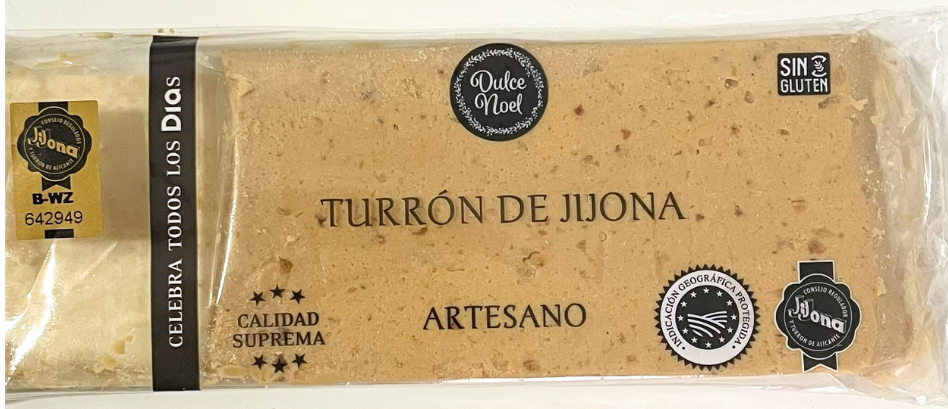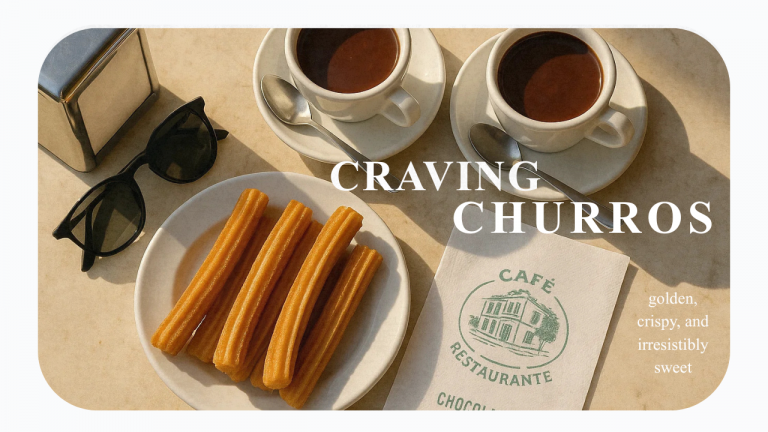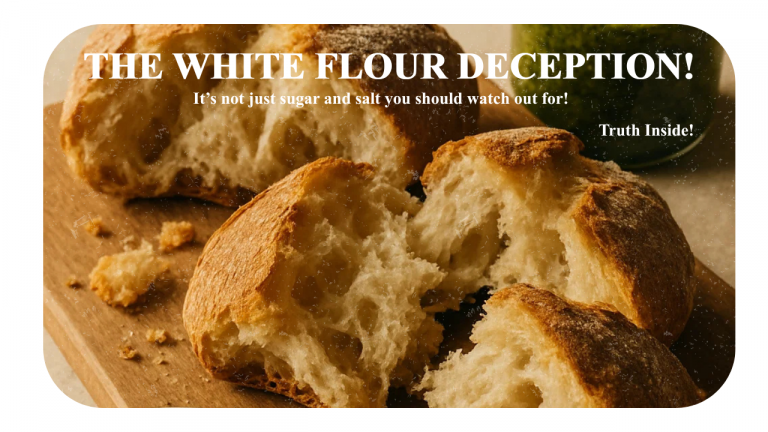
This Spanish candy is easily the sweetest thing Spain has taught me about the winter season here. I discovered turrón last year, became obsessed, and then had the crushing realization that it only appears in stores during the holiday season. Adding to the confusion, I didn’t even realize it was a traditional Spanish treat at first — the first one I tried looked like a regular chocolate bar, Banoffee-flavored, and I had no idea I was holding something so iconic.
I decided to do some research on this Spanish treat. Is it just regular chocolate? What makes it special? Some versions look like traditional Spanish candy, while others seem more like regular chocolate bars labeled “turrón.” That was where my confusion and interest in turrón began.
What is turrón?
Turrón is a traditional Spanish sweet, typically made from toasted almonds, honey, sugar, and egg whites. It resembles a nougat, but it’s usually firmer and more brittle. Turrón comes in a variety of textures, from hard and crunchy to soft and chewy, and can be enhanced with flavors like chocolate, fruits, or aromatic spices.
History of turrón
Turrón has roots stretching back over a thousand years. It’s believed to have originated from Arab sweets brought to Spain during the Moorish rule (8th–15th centuries). Over time, Spanish artisans perfected it, especially in Jijona and Alicante, where two famous varieties were born: the hard, crunchy Turrón de Alicante and the soft, smooth Turrón de Jijona.
By the 16th century, turrón wasn’t just a treat for special occasions — it was a must-have at royal feasts and family celebrations, a sweet symbol of good times. These days, people all over the world enjoy it, keeping alive that perfect mix of Mediterranean flavor, tradition, and pure sweetness.
Types of Turrón
As mentioned before, there are two main types of turrón:
Turrón de Alicante (Hard Turrón)
It has a firm, crunchy texture — more like a classic nougat bar. It’s made with toasted almonds, honey, sugar, and egg whites. It has that perfect balance of sweetness and crunch. The surface is usually white and glossy, with plenty of almonds visible throughout.

2. Turrón de Jijona (Soft Turrón)
It begins with the same main ingredients as Turrón de Alicante, but here the almonds are ground into a soft, creamy paste — that’s what gives it a softer texture and warm golden color.

3. Modern and Regional Twists
- Chocolate Turrón – layers of chocolate mixed with nuts or puffed rice.
- Yema Turrón – sweet and silky, made with egg yolks and sugar (think crème brûlée vibes).
- Coconut or Fruit Turrón – tropical versions popular in Latin America.
- Turrón de Agramunt (Catalonia) – made with hazelnuts instead of almonds and wrapped in thin edible wafers.
If you picked up a chocolate bar labeled “turrón” and were surprised it didn’t have almonds or honey, you’re not alone. In stores like Mercadona, Turrón is used as a branding trick, especially during the holidays, to evoke the classic treat, even if the ingredients are very different. It doesn’t taste like the classic nougat at all. They often look like regular chocolate bars and come in flavors like pistachio, banoffee, or cookies & cream. Basically, the name turrón has become a broad term for any sweet bar sold during the holidays — from the old-school almond kind to the trendiest new flavors.
Whether it’s the classic almond kind or a new banoffee twist, it’s a little reminder that traditions can evolve. I am still not sure if I prefer the classic almond turrón or the banoffee one. Guess I’ll need to keep “researching.”
📝 Today’s note: Sweet traditions don’t always need to make sense — sometimes they just make you feel warm inside.


